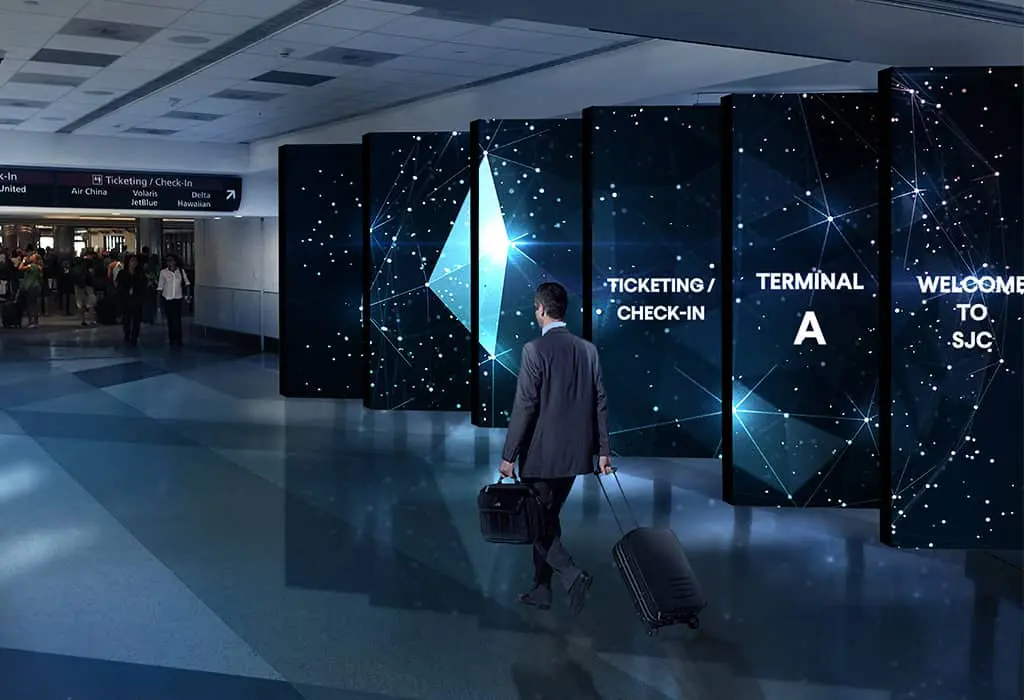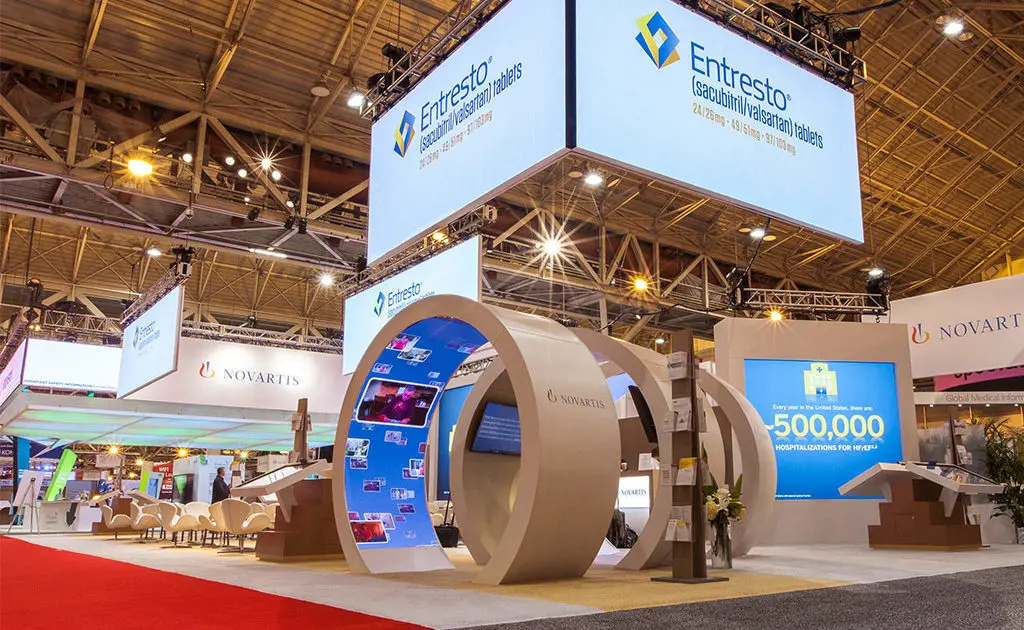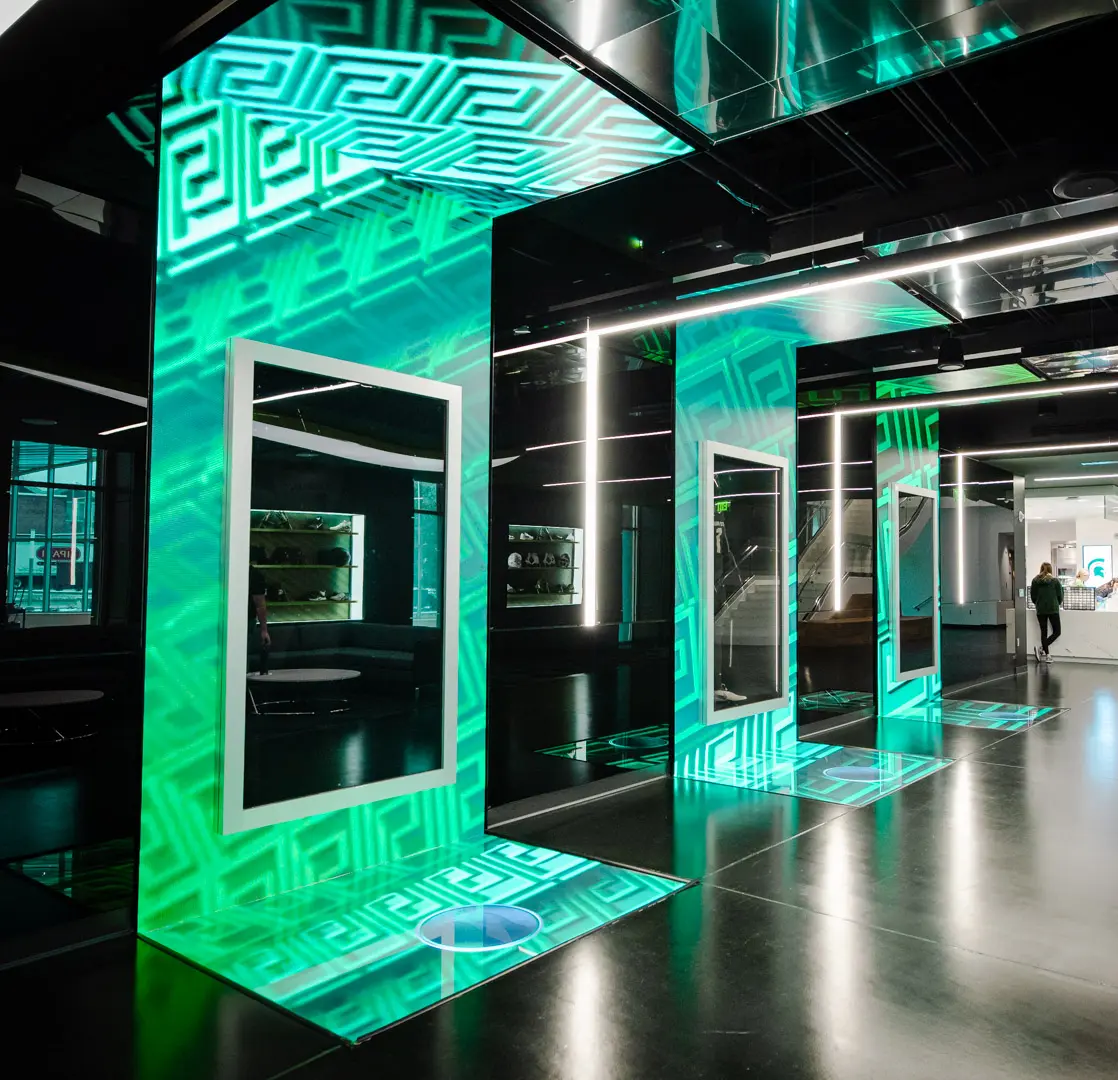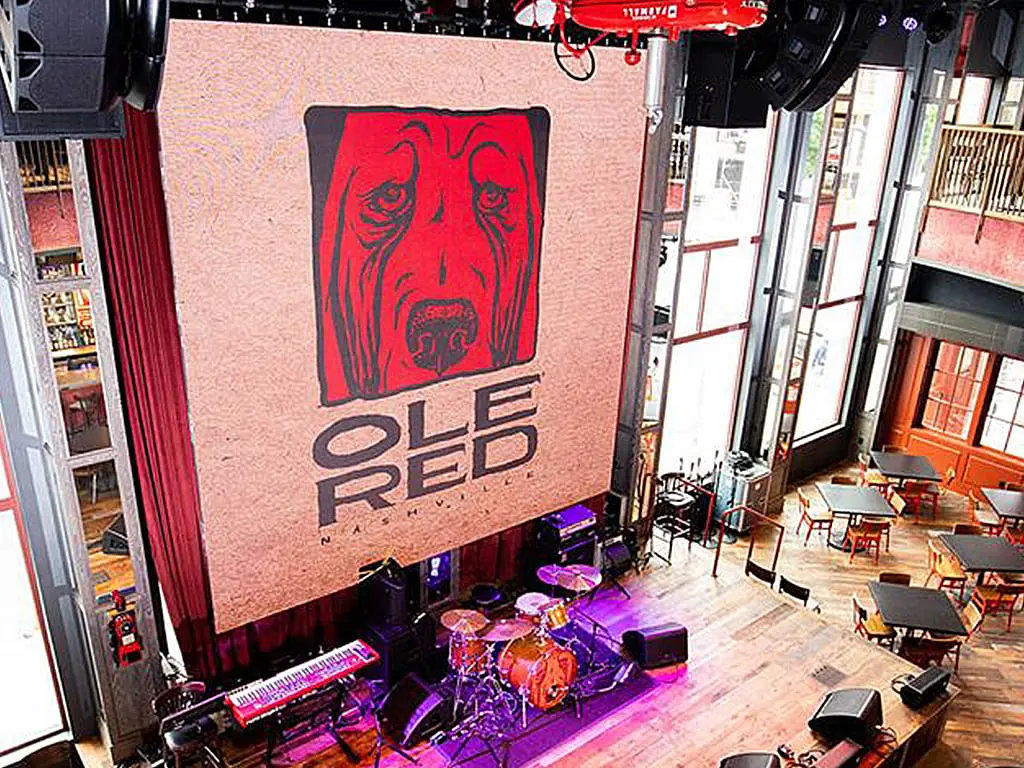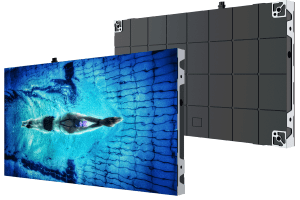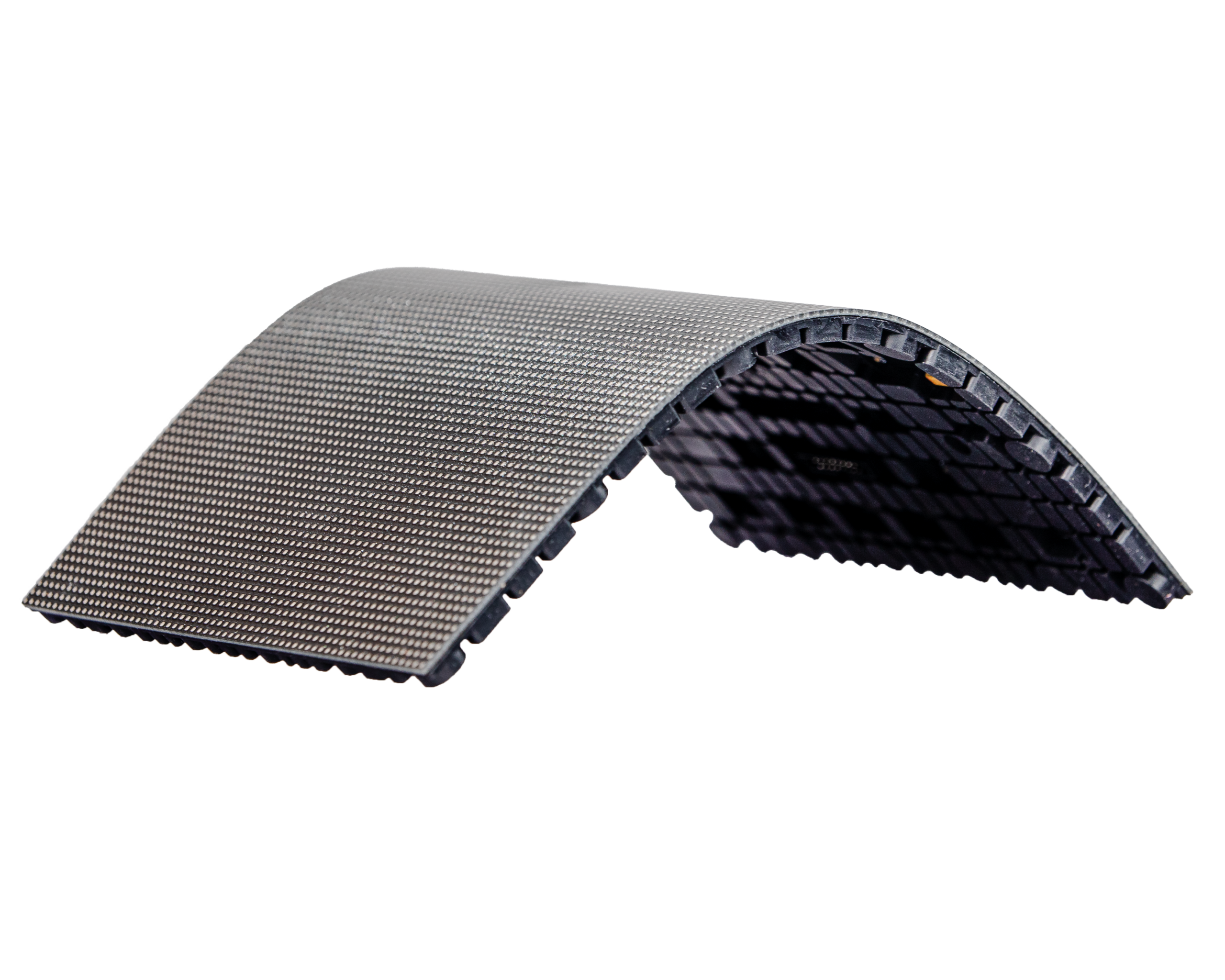Understanding the Impact of Electronic Signs on Modern Communication
In today's fast-paced digital era, the impact of electronic signs on modern communication has become increasingly significant. With the global digital signage market projected to reach $40.97 billion by 2028, as reported by Fortune Business Insights, businesses are leveraging electronic signs to enhance their communication strategies effectively. These dynamic displays not only capture attention with vibrant visuals and real-time updates but also facilitate targeted messaging that resonates with diverse audiences. A study by Nielsen indicates that digital billboards can increase brand recall by up to 47%, showcasing the effectiveness of electronic signs in driving consumer engagement. As we explore the various applications and advantages of electronic signs, it becomes clear that they are transforming the way information is conveyed, creating a more interactive and engaging experience for viewers.
The Evolution of Communication in the Digital Age
In the digital age, communication has evolved significantly, transforming how individuals and organizations exchange information. Electronic signs, from vibrant LED displays to scrolling digital billboards, have emerged as powerful tools in this evolution. They not only capture attention but also convey messages in real time, establishing a dynamic connection between providers and their audience. This shift highlights the importance of immediacy and visual engagement in communication, making it crucial for businesses to leverage these tools effectively.
Tip 1: When designing electronic signs, prioritize clarity and brevity. Make sure your message is easy to understand at a glance, as viewers often have limited time to absorb information.
As we embrace advanced technologies, it’s vital to consider the ethical implications of electronic signs. The abundance of information can lead to cognitive overload and distraction among viewers. Businesses should be mindful of their audience's experience and strive to enhance engagement without overwhelming them.
Tip 2: Utilize data-driven insights to tailor your messages. By understanding your target audience's preferences and behaviors, you can create more relevant and effective content that resonates with them.

The Role of Electronic Signs in Enhancing Messaging Clarity
Electronic signs have become a vital component of modern communication, profoundly impacting how messages are conveyed and perceived. The clarity of digital displays enhances the effectiveness of messaging, allowing for quick comprehension in busy environments. These signs often utilize vibrant colors and dynamic graphics that instantly attract attention, making them an ideal tool for announcements and information dissemination. The adoption of electronic signage in public spaces—from city streets to corporate buildings—demonstrates the growing reliance on digital communication methods.
In an age where information overload is commonplace, ensuring clarity in messaging is paramount. Electronic signs, equipped with advanced technologies, can present information in succinct, engaging formats that minimize misunderstandings. By incorporating elements like scrolling text and adaptive content, these signs can cater to diverse audiences and communication needs. As we transition into an era where AI-driven enhancements are on the rise, the role of electronic signage in providing clear, immediate information will only become more significant, fostering a more effective communication landscape.
The Impact of LED Technology on Advertising and Public Messaging
The advent of LED technology has revolutionized advertising and public messaging, offering a dynamic and eye-catching medium that captures attention in an increasingly saturated information landscape. Unlike traditional signage, LED displays are capable of presenting vibrant colors and high-resolution graphics, allowing advertisers to convey their messages more effectively. This capability not only enhances aesthetic appeal but also enables real-time updates, making it easier for businesses to communicate timely information and engage with their audiences.
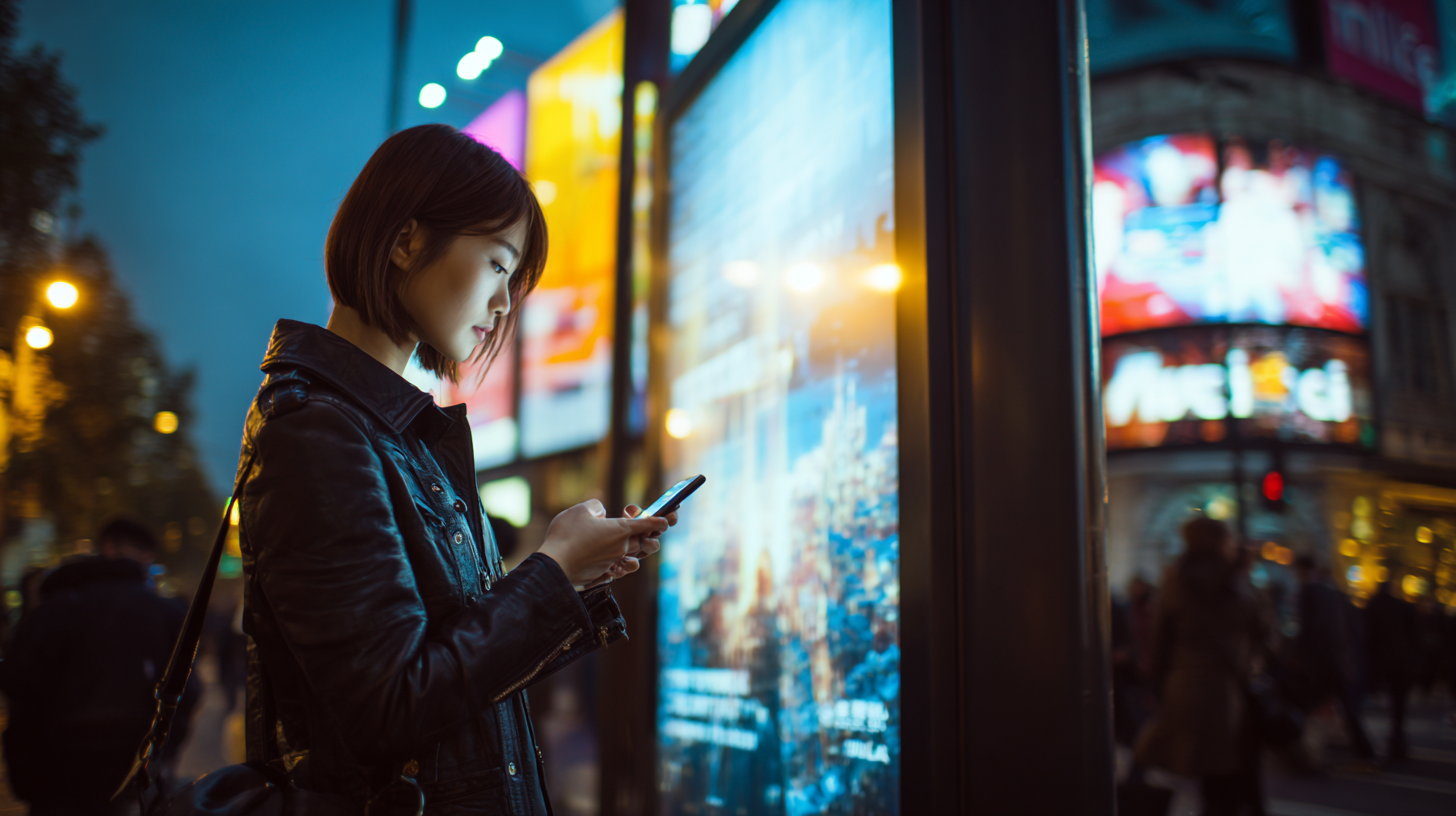
Moreover, the energy efficiency of LED lights contributes to the sustainability of advertising practices. Businesses can reduce operational costs while promoting eco-friendly initiatives, which resonates well with today’s environmentally conscious consumers. As LED technology continues to advance, its applications in advertising and public messaging are likely to expand, integrating interactive elements and personalization that can further enhance user engagement. This shift signifies a move toward more responsive and versatile communication strategies, ensuring that messages are not only seen but also felt by the audience.
Social and Cultural Implications of Digital Signage in Urban Spaces
The advent of electronic signs has significantly transformed communication within urban environments, leading to profound social and cultural implications. A report from the Digital Signage Federation indicates that digital signage is expected to grow at a compound annual growth rate (CAGR) of 23% from 2023 to 2028. This growth reflects the increasing reliance on visual communication in public spaces, not just for advertising but also for conveying essential information, promoting community engagement, and enhancing wayfinding.
In cities where electronic signage predominates, these displays often serve as focal points for cultural expression and social commentary. According to a study published by the International Journal of Urban Design, 75% of urban residents feel that digital billboards contribute positively to community identity and cohesion. However, the proliferation of electronic signage also raises concerns regarding visual pollution and its impact on public spaces. Approximately 67% of respondents in a survey conducted by the Urban Land Institute expressed a desire for regulation to mitigate the overwhelming presence of advertisements and maintain the aesthetic integrity of their neighborhoods. The challenge lies in balancing the benefits of innovative digital communications with the need to preserve the character of urban landscapes.
Understanding the Impact of Electronic Signs on Modern Communication
Future Trends: Integrating AI and Interactivity in Electronic Signage
The integration of artificial intelligence (AI) and interactivity in electronic signage is marking a transformative evolution in modern communication. As the digital signage market continues to expand, projected to grow from $19.78 billion in 2018 to $35.94 billion by 2026, the role of AI emerges as a critical factor. AI-driven solutions not only enhance the visual impact of electronic signs but also enable personalized interactions that engage audiences more effectively. By utilizing technologies such as AI-generated content and smart displays, businesses can tailor their messages in real-time, fostering a deeper connection with consumers.
The future trends in electronic signage point towards a landscape where interactivity becomes standard. As companies explore various applications, from AI-powered retail displays to immersive event experiences, the emphasis on user engagement will reshape customer expectations. This shift signifies a move away from static advertisement models towards dynamic, responsive environments. With ongoing advancements in display technology, including micro-pitch LED displays, businesses are poised to harness the full potential of their advertising spaces, making communication not only visual but also interactive and responsive to audience behavior.









